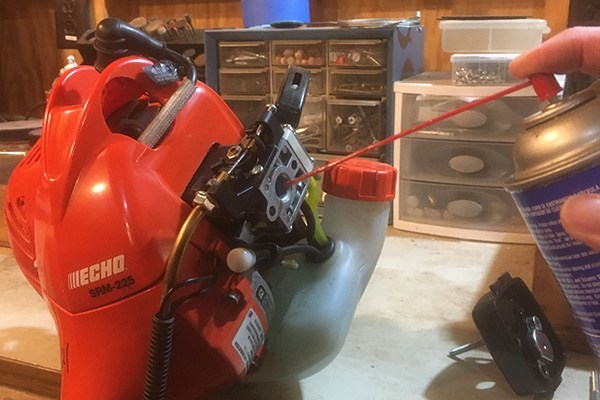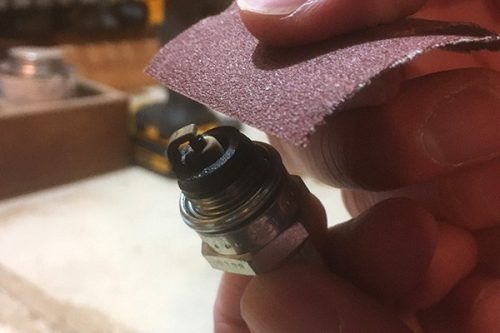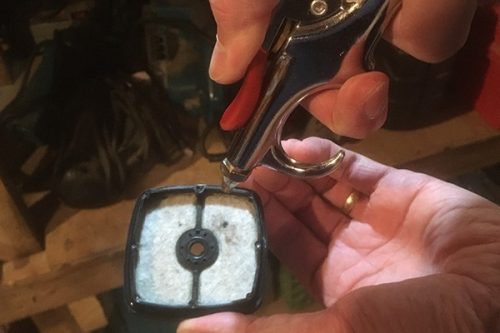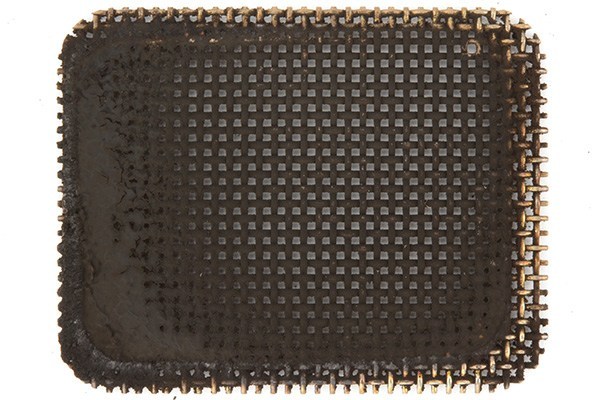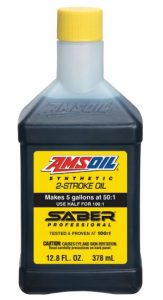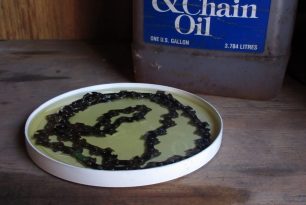Weed Eater Failing to Start? Try This
No matter what you call it – weed eater, weed whacker, string trimmer – chances are at some point it won’t start. Few things are more annoying than destroying your shoulder trying to start the weed eater when there’s work to do.
Fortunately, gasoline weed-eater engines are pretty simple, so most DIYers with a few tools and some basic know-how can get a stubborn trimmer running.
Some Easy Steps to troubleshooting a weed eater that won’t start
1) Check the gasoline & Drain that sucker
Gasoline can break down in as little as 30 days, especially today’s ethanol-containing gas. Guys sometimes stash their string trimmer in the garage at season’s end without stabilizing the fuel. Please try to remember that at the end of the season. Oxygen has all winter to break down and ruin the gas, leaving you with a trimmer that refuses start in the spring.
Just pour out what you can and fill it back up with fresh gasoline.
2) Clean out the carburetor
Once the fuel breaks down, varnish is left behind. The gum that forms inside the carburetor will clog the tiny fuel passages. This prevents fuel from reaching the combustion chamber and igniting. It happens all the time.
Remove the air filter and spray carburetor cleaner into the intake. Let it sit for several minutes to help loosen and dissolve varnish. Replace the filter and try starting the trimmer.
If this doesn’t solve the problem, consider disassembling the carburetor to give it a more thorough cleaning.
Beware, however – taking apart a carburetor marks a point-of-no-return, of sorts. Understanding how the delicate gaskets, tiny screws and needle valves go back together can be a challenge, even on a relatively simple string-trimmer carburetor. Take pictures with your phone throughout the process to help reassembly. Clean all the openings and passages with carburetor cleaner.
Let me tell you something!! Most of these trimmers have cheap but good carburetors available for replacement online. Save yourself time and replace it if it seems to far gone. You can’t easily tear these apart like your AFB on your classic car.
If you’re reluctant to take apart the carb, good luck.
3) Clean or replace the spark plug
Oil deposits and carbon can foul the spark plug in a two-stroke engine if a low-quality oil is used. I’ve cleaned them up and they still failed!! Deposits on the electrode prevent the plug from firing properly, which can reduce performance or prevent the engine from running altogether. Always have a spare around.
Plugs are inexpensive, so replace it if it’s fouled. If you don’t have a new plug available, clean the deposits from the electrode with light-duty sandpaper and check the gap. Use the owner’s manual for the correct gap size. (or scan the internet as most of this equipment you can’t easily find this data.)
If you know the spark plug is good, but the engine still doesn’t produce spark, the coil (or stator) is likely to blame and requires replacement.
4) Clean or replace the air filter
An easy one but on service work many people never give them a look. A clogged air filter prevents the engine from receiving sufficient air to operate properly and also screws up the fuel ratios.
Before removing the air filter, brush away loose debris from around the filter cover and filter element. Bang rigid filters on a tabletop or the palm of your hand to dislodge any dirt or debris. Compressed air also works well. Make sure you direct light air through the filter from the inside to avoid lodging debris deeper in the filter. Great thing is to have a shop vac around.
Avoid washing paper filters as this can collapse their micro-fine structure. Foam filters, however, can easily be washed using mild detergent and warm water.
As with the spark plug, however, replacement is often the best practice, especially if the filter is excessively dirty. BUT!!! Be careful where you get the air filter. Buy local if possible as we hear about a LOT of inferior counterfeit units which are 50% as effective ordered online. Some of the paper ones are just a grocery sack material.
5) Clean the spark-arrestor screen
On many trimmers, a small screen covers the exhaust outlet and prevents sparks from exiting the muffler and potentially starting a fire.
Using AMSOIL Saber Pro at our recommended 100:1 you will have little chance of ever for carbon deposits here.
As with plug fouling, too much oil in the gasoline ratio, inferior oil and continued low-rpm operation can plug the screen with carbon deposits. This prevents exhaust-gas flow, which leads to a loss in power. In extreme cases, heavy deposits choke airflow enough to leave you with a weed eater that won’t start but if it’s running too long that way heat can also shorten its life.
To fix the problem, remove the spark arrestor screen and spray it with a heavy-duty cleaner, like AMSOIL Power Foam®, to soften the deposits before cleaning the screen with an abrasive pad. Reinstall the screen and test the trimmer.
Replace the screen altogether if it’s excessively plugged with carbon.
6) Switch to the best two-stroke oil – it actually cost less!
Low-quality oil that leads to heavy carbon is often to blame for most of the weed eater problems on this list.
Using a good two-stroke oil that burns cleanly and helps prevent carbon deposits is one of the easiest maintenance practices you can perform to ensure your trimmer starts easily, runs well and last for years.
AMSOIL SABER Professional Synthetic 2-Stroke Oil withstands high heat to fight carbon in gasoline string trimmers and other two-stroke equipment. It’s tested and proven at any mix ratio up to 100:1, offering the convenience of one mix ratio for all your equipment. Plus, it’s formulated with gasoline stabilizer to help keep fuel fresh during short-term storage.
The images here show AMSOIL SABER Professional’s superior cleanliness properties. It’s just one reason professional landscapers, like Duluth Lawn Care, only trust AMSOIL products.
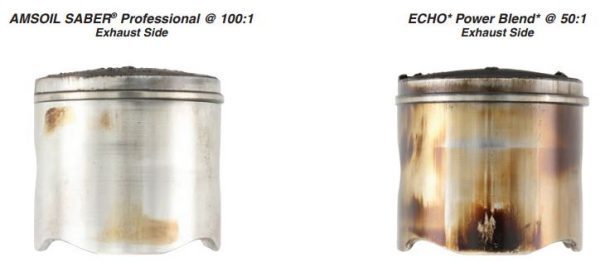
View the complete test results here.
Follow the guidelines on this list to get your string trimmer back up and running…and to give your shoulder a break.
Save 25%Join for More Perks Preferred customer ProgramSaber makes your life a LOT easier!!



